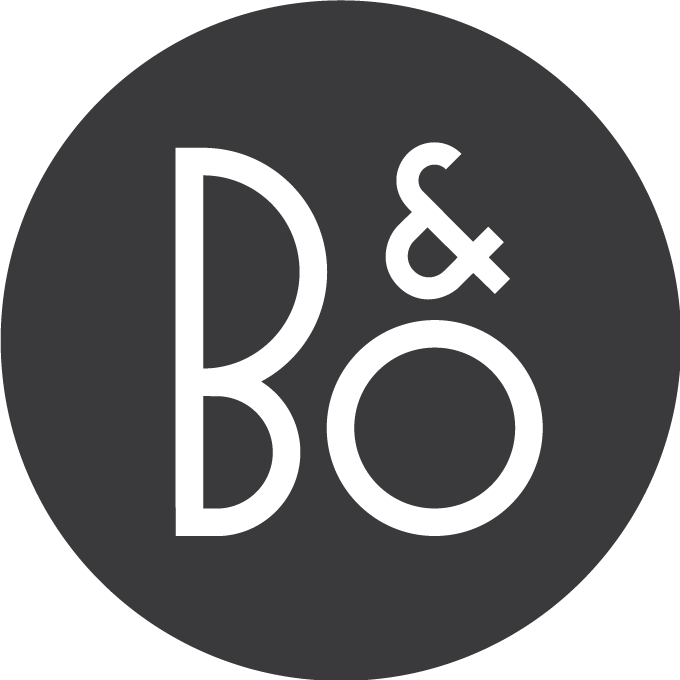We had a chat with Lutz Berger in Berlin – a former philosophy and political science student, who's dedicated his life to helping people build their own boats.
STUDIO VISIT
A Passion for Paddling
Hidden in a backyard in Berlin's thriving Neukölln neighbourhood, we met up for a chat with Lutz Berger – a former philosophy and political science student who has dedicated his life to helping people build their own boats.
What got you started building boats and boat kits?
It began with a personal passion. I used to do a lot of paddling myself, and I used to build my own boats, and when I came across an American company who produces boat kits, I ordered my first one. After that, I looked into doing this myself and then started to produce boat kits here in Germany.
Where does your passion for paddling come from?
It’s just a sport for me. But I like to be on the water and to see nature from the water, which is a completely different point of view than from any street or road. I started paddling when I was 15 or 16 years old with some trips to Scandinavia, and on the lakes and rivers around Germany.
What makes your boat kits so unique?
Good design. The kits are designed by some of the world's most well known boat designers. But really, it's the way these boats are built individually – anyone can build them but the result is always a beautiful looking boat. It doesn't look like anyone with limited skills just put it together. The outcome is a really nice and beautifully looking boat!
““My ambition is that these people leave my classes with a beautiful boat, and so I make sure that they do.””
What do you look for when it comes to materials? Is it all locally sourced? How do you ensure that the quality is high enough?
The main wood we use is mahogany plywood. Mahogany doesn't grow in Germany, so it needs to be imported from Africa. However, the other materials are produced here in, and we also CNC cut (a computer controlled cutting machine) the kits here locally.
In terms of quality there are a few criteria to be aware of. The main criteria is that it needs to be glued to a certain standard; it has to be spotless and cover the whole sheet without blindspots. The thickness of the veneer is crucial as well. The good plywood has a guaranteed thickness on the top veneers, the cheap one doesn't, which means you will sand through the top veneer very fast. We only use top quality plywood.
What's in it for you, if we may ask?
My ambition is that these people leave my classes with a beautiful boat, and so I make sure that they do. There's a lot of paperwork when running a business, but when I do these classes I get to build boats, which is always a highlight. And it's just nice how after a workshop there's 5–6 boats new boats ready to hit the water!
And you also do workshops in boat building. Why is there a need for that?
A lot of people would like to build their own boat, and even though the process is pretty easy and you can do it at home, a lot of people prefer attending a class. Some want company when building the boat, but mainly they want guidance.
What is your favorite moment in the process of building a boat?
When I fiberglass it, the plywood is kind of pale in its natural state, but when you put the fiberglass on top and you soak it with epoxy, the veneer shows its real beauty. Then you see the patterns in the wood. It's a nice moment.
| CONTRIBUTORS |
| WORDS & PHOTOS: MIKKEL INUMINEQ & MARIE BRANDT |
Lutz
Born Berlin
Current City Berlin
Occupation Boat Kit Builder











